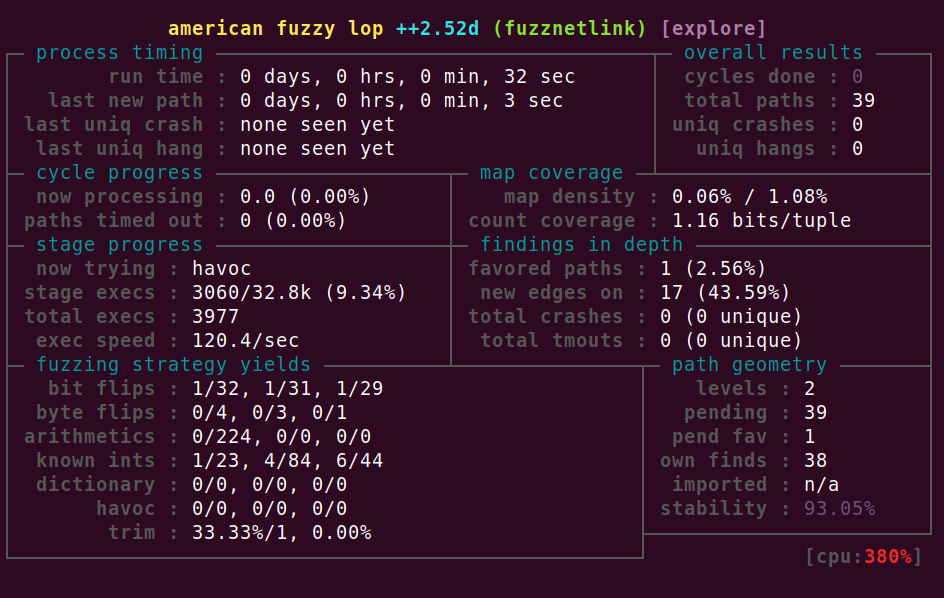The Titan supercomputer is being decommissioned: a costly, time-consuming project
A supercomputer deployed in 2012 is going into retirement after seven years of hard work, but the task of decommissioning it is not trivial.The Cray XK7 “Titan” supercomputer at the Department of Energy’s (DOE) Oak Ridge National Laboratory (ORNL) is scheduled to be decommissioned on August 1 and disassembled for recycling.At 27 petaflops, or 27 quadrillion calculations per second, Titan was at one point the fastest supercomputer in the world at its debut in 2012 and remained in the top 10 worldwide until June 2019.[ Also read: 10 of the world's fastest supercomputers | Get regularly scheduled insights: Sign up for Network World newsletters ] But time marches on. This beast is positively ancient by computing standards. It uses 16-core AMD Opteron CPUs and Nvidia Kepler generation processors. You can buy a gaming PC with better than that today.To read this article in full, please click here



